Optimal Timing for Foundation Repairs

Spring offers moderate temperatures and stable ground conditions, making it an optimal time for repairs.

Summer provides longer daylight hours, but high temperatures and dry soil can complicate certain repair methods.

Fall's cooler weather and moisture levels can be beneficial, but early winter preparations are recommended.

Winter is generally less ideal due to freezing temperatures and frozen ground, which can hinder repair work.

The best time for foundation repairs is when soil moisture and temperature are stable, typically in spring and early fall.

Local climate patterns influence repair timing; in Michigan, spring and fall are preferred for their milder conditions.

Ways to make Foundation Repairs work in tight or awkward layouts.
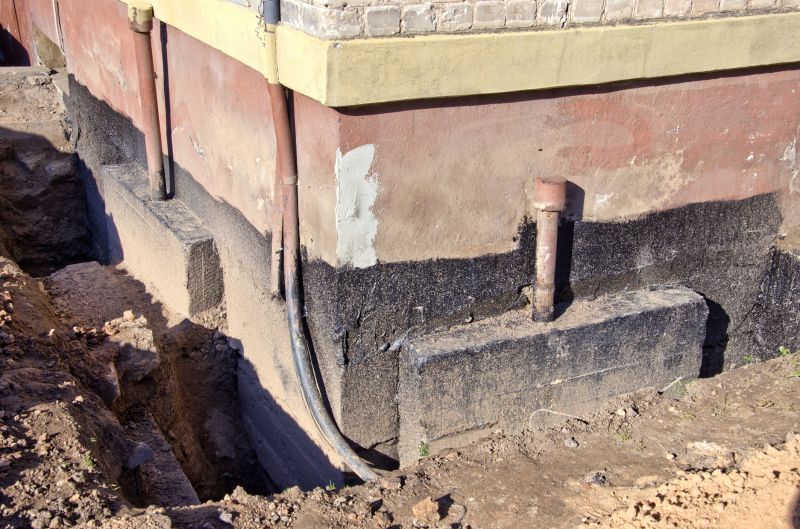
Popular materials for Foundation Repairs and why they hold up over time.

Simple add-ons that improve Foundation Repairs without blowing the budget.
Foundation repairs are essential for maintaining the structural integrity of a building. They involve addressing issues such as settling, cracking, or shifting of the foundation. Proper timing ensures that repairs are effective and long-lasting. Seasonal weather variations can impact the soil's movement, influencing the best periods for intervention. Spring and fall generally provide conditions conducive to successful foundation repair projects, as soil moisture levels and temperatures are more stable during these times.
Statistics indicate that foundation problems are among the most common structural issues in residential buildings. Addressing these issues promptly can prevent further damage, reduce repair costs, and prolong the lifespan of the structure. Soil type, weather patterns, and construction quality all play roles in foundation stability. Regular inspections can identify early signs of trouble, making timely repairs more manageable and effective.
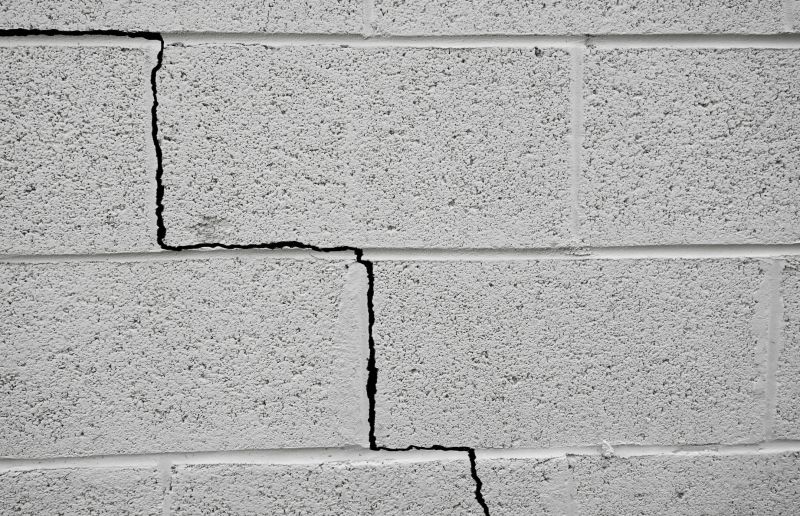
Cracks can indicate shifting or settling, often requiring immediate attention.
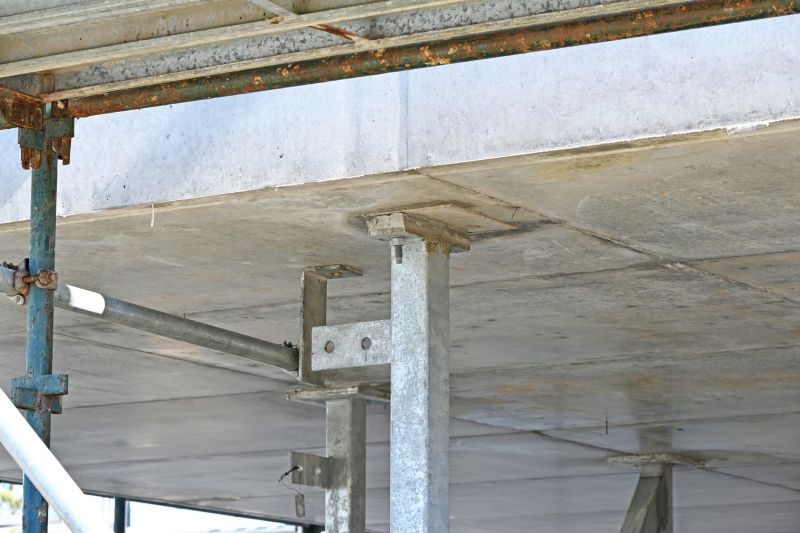
This method is used to stabilize and lift foundations affected by uneven settling.
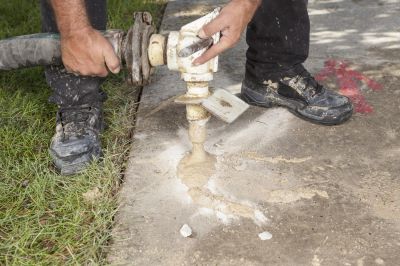
A technique to lift and level sunken concrete slabs and foundations.
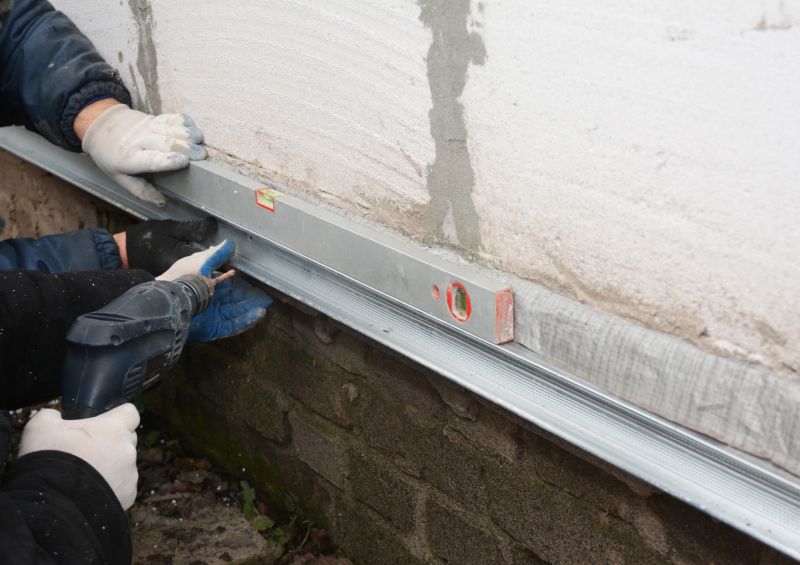
Improving soil conditions can prevent future foundation movement.
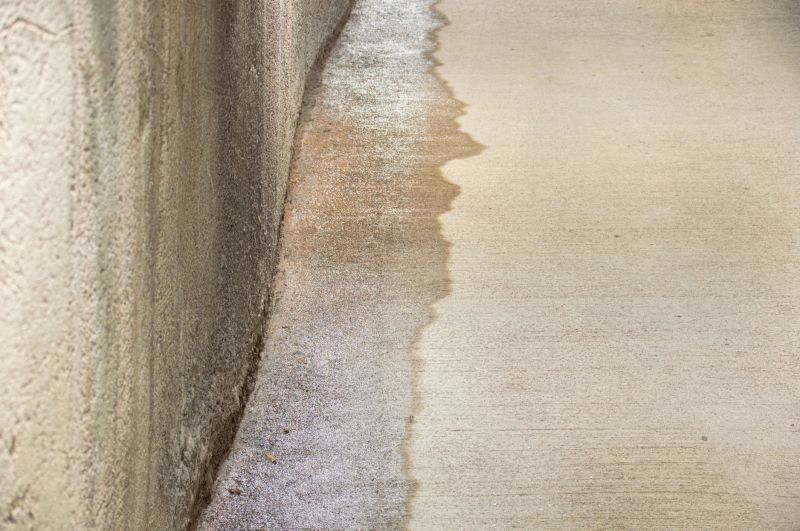
Addressing water pressure against foundations helps prevent seepage and shifting.

Strengthening basement walls to prevent bowing or cracking.

Proper drainage reduces soil moisture fluctuations that cause foundation issues.
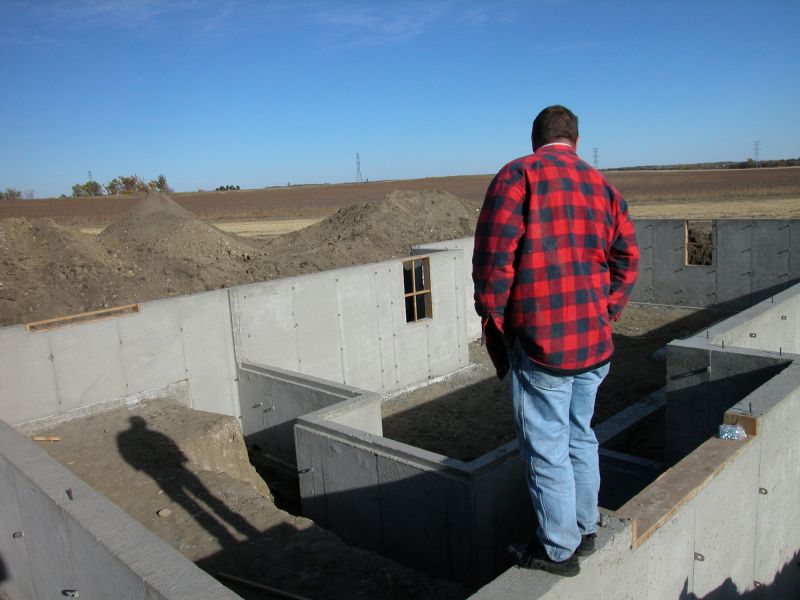
Regular assessments identify early signs of foundation problems.
| Season | Advantages/Considerations |
|---|---|
| Spring | Ideal for repairs due to moderate temperatures and soil moisture levels. |
| Summer | Longer working hours but potential challenges with high heat and dry soil. |
| Fall | Suitable due to cooler weather and increased soil moisture. |
| Winter | Less favorable because of freezing temperatures and frozen ground. |
| General Advice | Timing should consider local climate and soil conditions for best results. |
Choosing the right time for foundation repairs can influence the longevity and effectiveness of the work. In Michigan, spring and fall are typically preferred due to their favorable weather conditions. Proper planning based on seasonal patterns helps ensure that repairs are not only successful but also cost-effective. Consulting with foundation specialists can provide insights tailored to specific soil and climate conditions.
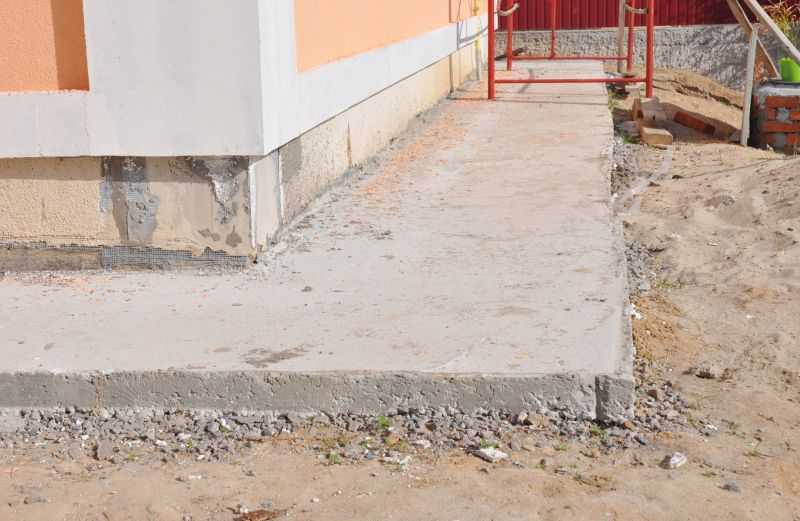
An overview of steps involved in repairing and stabilizing foundations.

Visual evidence of foundation repair effectiveness.
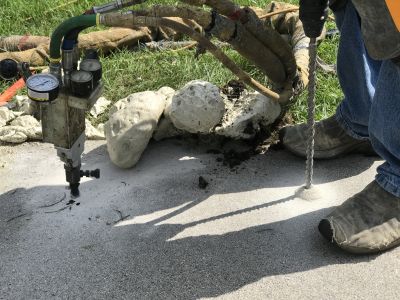
Specialized equipment essential for various repair techniques.
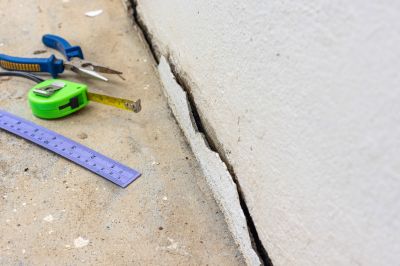
Professionals equipped to handle different foundation issues.
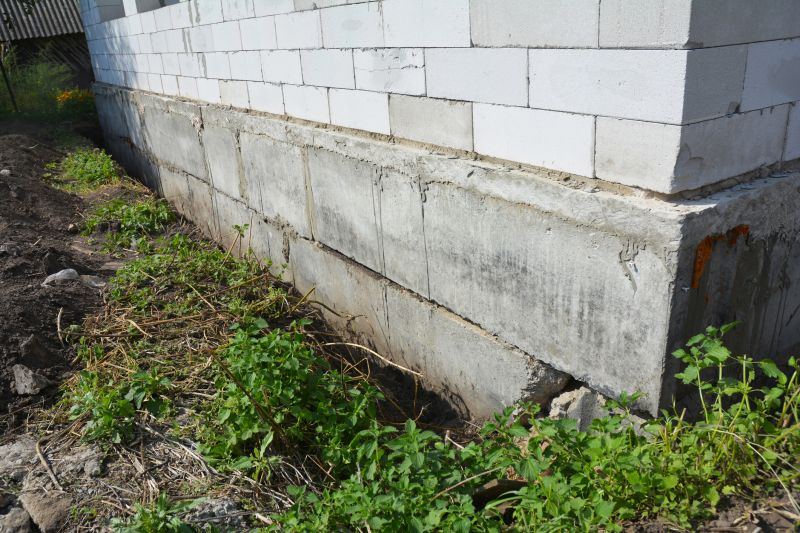
High-end options that actually feel worth it for Foundation Repairs.
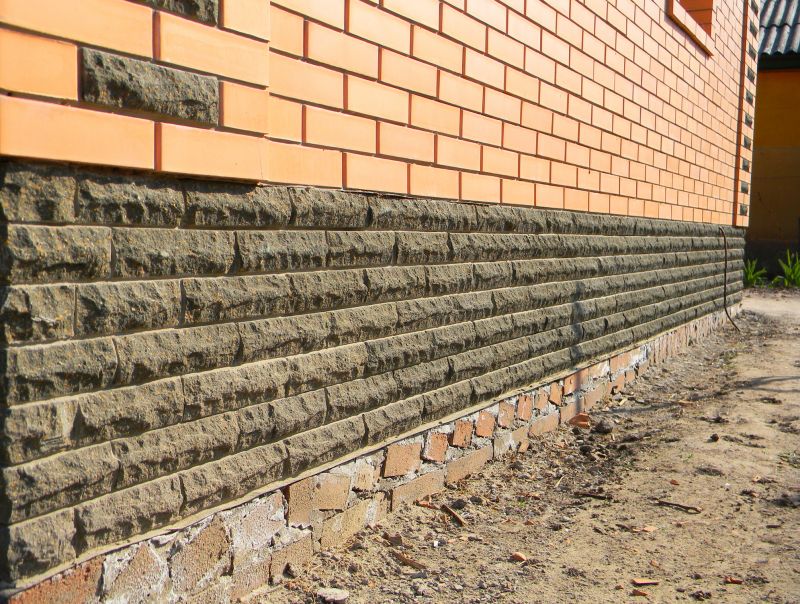
Finishes and colors that play nicely with Foundation Repairs.
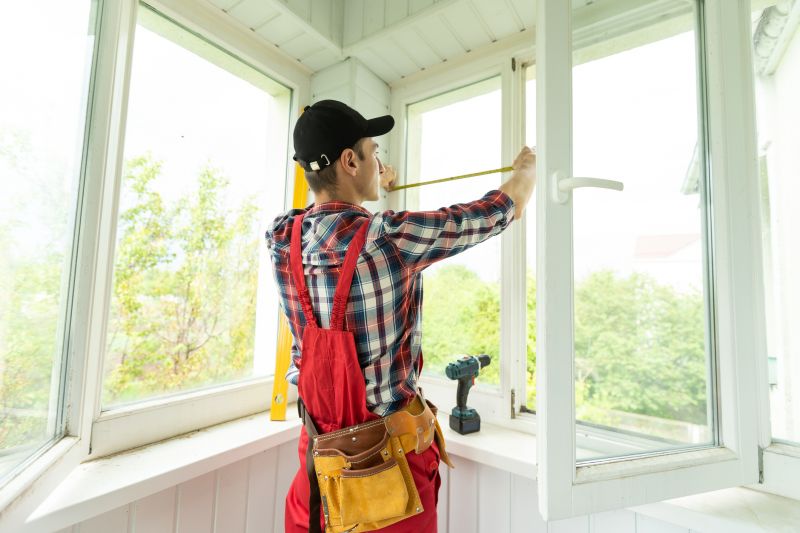
Little measurements that prevent headaches on Foundation Repairs day.

A 60-second routine that keeps Foundation Repairs looking new.
Timely foundation repairs are crucial for maintaining property value and safety. Regular inspections, especially after significant weather changes, can identify potential issues early. Addressing foundation problems promptly reduces the risk of extensive damage and costly repairs in the future. Properly timed interventions contribute to the structural health of a building and ensure stability over time.
Individuals interested in foundation repairs are encouraged to contact for further assessment and guidance. Understanding the optimal timing and methods for repairs can help in planning maintenance effectively and preserving the integrity of the property.
A frequent mistake in Foundation Repairs and how to dodge it.
Small tweaks to make Foundation Repairs safer and easier to use.
Lower-waste or water-saving choices for Foundation Repairs.

